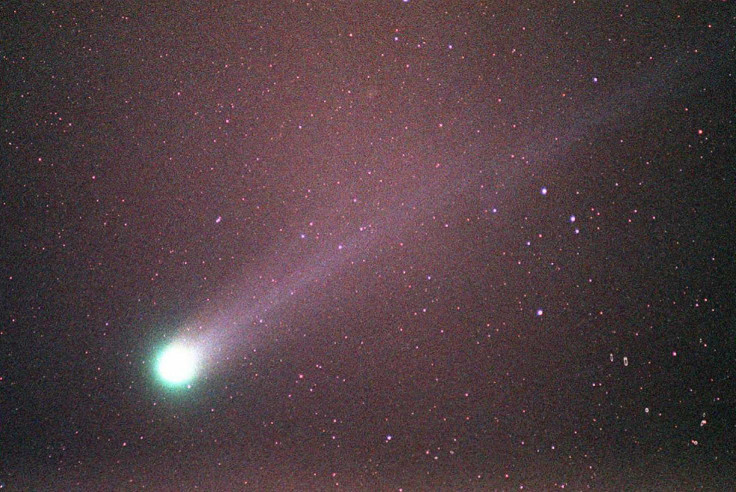Comet 168P To Light Up Sky This Week: Here’s How To See It

A comet is currently approaching Earth and is expected to reach its brightest point on Thursday evening. During this time, the passing comet will be visible from Earth.
The approaching space rock has been identified as Comet 168P/Hergenrother. This comet regularly traverses through the Solar System and is expected to approach Earth on Aug. 22. During its approach, it will be about 1.13 astronomical units or about 106 million miles from Earth.
Despite flying at a great distance from Earth, it will still be visible on Earth as it reaches its brightest point on Aug. 22. According to In-The-Sky.org, the comet can be spotted in the eastern horizon at around 10:46 pm EDT. It is expected to be highly visible during this time until 5:00 am EDT.
Although it is possible to spot the passing comet with the naked eye, it is highly advisable to use a telescope instead to avoid external factors from affecting its visibility.
Similar to spotting meteor showers, it would also help to observe Comet 168P/Hergenrother from an area with minimal light. As most sky-gazers know, the presence of too much light can hinder the visibility of a comet.
Comet 168P/Hergenrother was first discovered in 1998. Like other comets, 168P/Hergenrother was formed as a cosmic ball of ice composed of frozen dust, rocks and gases. As these comets go around the Sun, they heat up and leave trails of dust.
Researchers from NASA were able to observe Comet 168P/Hergenrother’s fragmentation in 2012. According to the researchers, the comet has broken up into several pieces.
“Comet Hergenrother is splitting apart,” Rachel Stevenson of NASA’s Jet Propulsion Laboratory said in a statement. “Using the Gemini North Telescope on top of Mauna Kea, Hawaii, we have resolved that the nucleus of the comet has separated into at least four distinct pieces resulting in a large increase in dust material in its coma.”
James Bauer of NASA’s Near Earth Object Wide-Field Infrared Survey Explorer mission explained that the comet’s fragmentation has caused it to leave a huge trail of cosmic debris.
“The comet fragments are considerably fainter than the nucleus,” he said. “This is suggestive of chunks of material being ejected from the surface.”
© Copyright IBTimes 2024. All rights reserved.





















